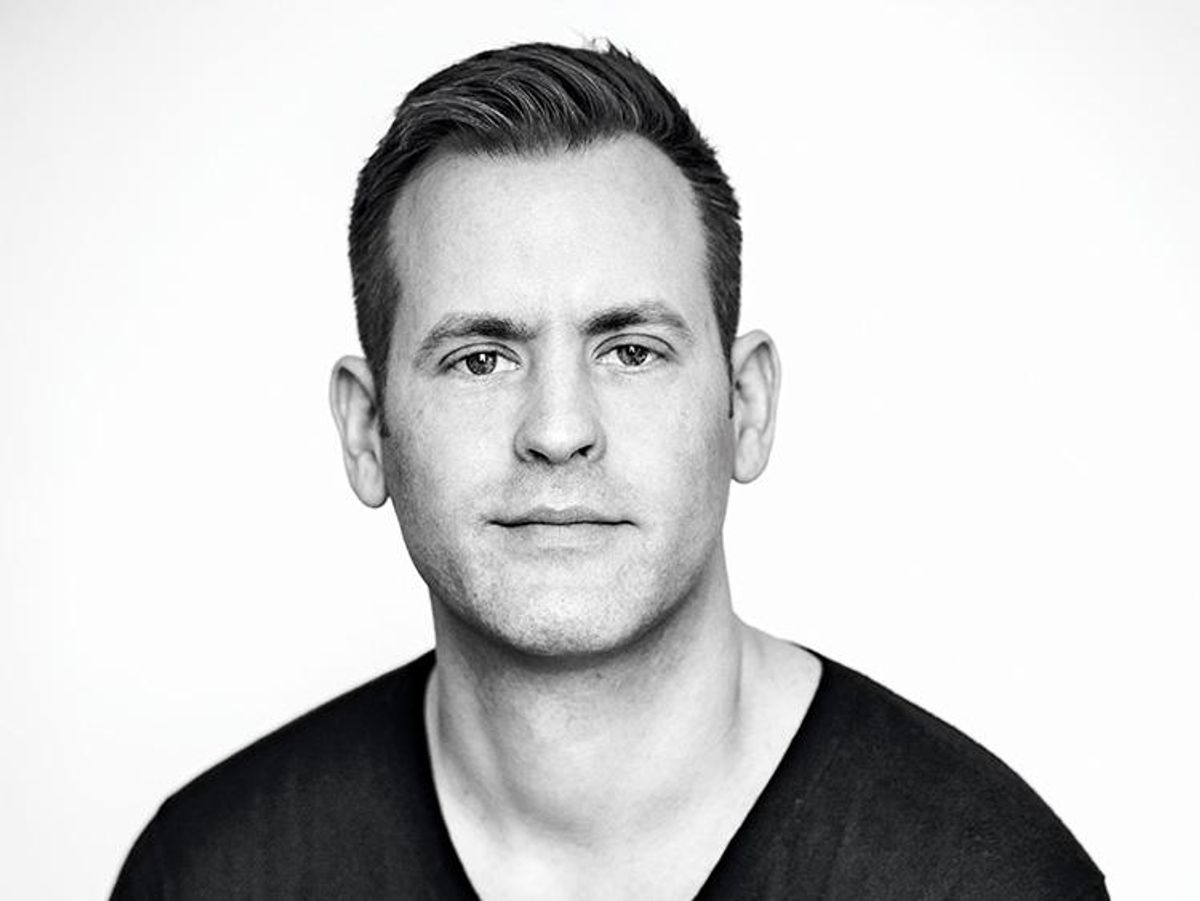Photo by Greg Endries.
The day after I arrived in Dublin, same-sex marriage became legal in the Republic of Ireland. Over breakfast on November 16, 2015, I scoured the Irish Times for a mention of the momentous occasion -- after all, we were in the very first nation in the world to enact marriage equality by referendum. I expected articles, commentaries, pictures of the first to wed, or some further acknowledgment that marriage equality had a fundamentally different start here than elsewhere.
It wasn't a parliament or a court or a benevolent dictator that moved the country forward. It was the Irish people, in a hard-won election after an enlightening campaign, who decided the time had come for same-sex couples to be treated just like opposite-sex couples. Election day in May, on the other hand, was a really dramatic event, with thousands of citizens living abroad, including many living in the U.S., filling airports and ferry terminals, heeding the call to "come home to vote." Voters rejected the idea that the Catholic Church, vociferous in its opposition to marriage equality, should any longer be viewed as an arbiter of the morality in the public sphere. (The church message was deeply undermined by clerical abuse scandals and cover-ups by those in authority, and it is being left behind for its positions that are untenable in the 21st century.)
The measure was signed into law by the president of Ireland as the Thirty-fourth Amendment of the Constitution of Ireland on August 29, 2015, and it added these words to the constitution: "Marriage may be contracted in accordance with law by two persons without distinction as to their sex."
And on November 16, it was to take effect. But I saw not a single mention that first day.
To me this seemed so curious a development in a country that is so Catholic -- at least nominally -- and that only legalized divorce in 1996. Marriage merited mention, and I expected some hubbub. Though we just missed Panti Bliss's Sunday night live set at PantiBar, we thought perhaps there'd have been some fuss -- a party, a sign? Panti -- the alter ego of bar owner and activist Rory O'Neill -- had become the bewigged figurehead of marriage equality in Ireland. Yet it was a quiet if jovial night.
But on November 17, 2015, Cormac Gollogly and Richard Dowling, a gay couple who had been together for 12 years, were married in Tipperary. And that got Irish Times coverage -- a nice, big story with the men in suits, smiling under drizzly skies.
It's a bug (or a feature?) of marriage in Ireland that there's no Las-Vegas-drive-thru-wedding corollary. To be wed in Ireland, the intendeds must give notice in person to a registrar three months in advance. Marriage is a big deal here, not entered into abruptly. Yet it seemed that celebrating individual weddings was really not a focal point. And that was truly a minor shock to me, an American and editor so accustomed to our obsession with "The First!" headlines that were seen everywhere across the U.S. when gay couples wed in places they hadn't been able to the day before: "First in Utah!" "First in D.C.!" "First in Arkansas!"
It truly seemed that the principle of fairness and equality was the thing to be celebrated, and once marriage equality was accomplished, the Irish essentially moved ahead with their lives.
Nevertheless, the implicit message I heard when asking lots of people about the change was unassuming but welcoming: "Yes, we fought for equality, and it made the nation better. Now, let's have a really good time."
Matthew Breen tweets at @matbreen


















































































